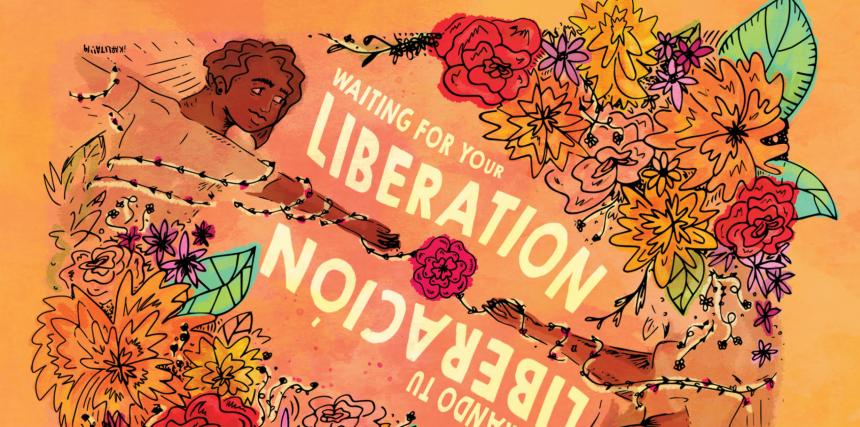What happens to people detained in ICE facilities, especially during a global pandemic? What are their living conditions like? “Cruel by Design: Voices of Resistance from Immigration Detention,” a report published by the Immigrant Defense Project and the Center for Constitutional Rights, reveals how ICE practices have not only spread the coronavirus in and between detention facilities, but also in communities and globally.
The reports highlights voices of people who tell their stories about endemic injustices and indignities, including physical abuse, racism, unsafe and unhygienic conditions, retaliation, the use of prolonged solitary confinement, and denial of medical and mental health treatment, even as inhumane conditions increase the need for each.
“[W]e are human, but ICE doesn’t think that,” said Edinson Calderon, who was detained for four months after fleeing homophobia in Venezuela. “They make situations like the one I had, only because they want to hear you say, ‘Please deport me.’ That’s it.”
“The U.S. government created an immigration detention system that uses dangerous and abusive conditions to try to deter migration and make it as easy as possible to deport people. The misery it creates is the point,” said Mizue Aizeki, Deputy Director of the Immigrant Defense Project. “The organizing and resilience of detained community members during the pandemic raised the profile of this cruel system. Now we must harness this moment to abolish the system altogether.”
“The U.S. immigration and border enforcement system is not a system of public safety, but rather one of punishment that causes immense harm and exclusion,” said Samah Sisay, attorney and Bertha Justice Fellow at the Center for Constitutional Rights. “Ending the cruel practices of confining and mistreating immigrants cannot be achieved through incremental change but instead requires building the power of people inside immigration jails and community support on the outside.”
Read the full report at bit.ly/ICE_CruelByDesign


